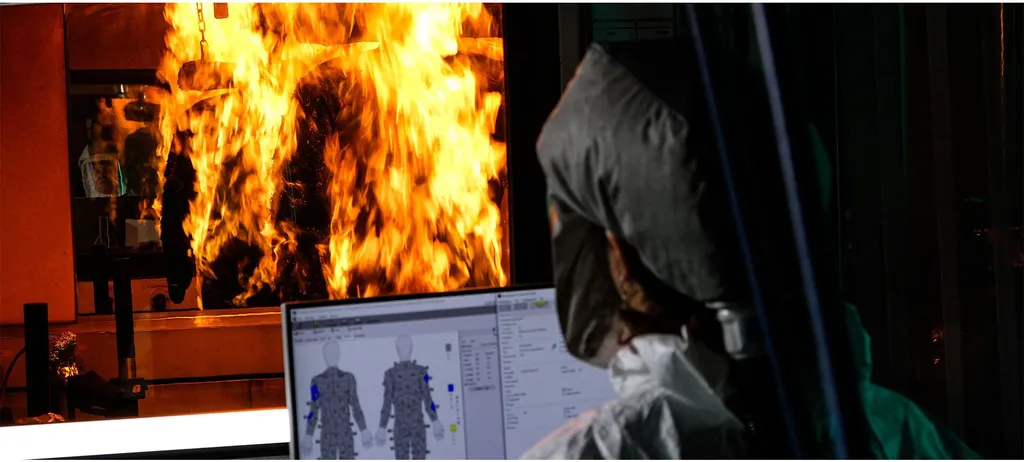In a significant stride towards non-destructive testing in agriculture, researchers have successfully employed deep learning (DL) techniques to classify cotton fibers based on their fire resistance. This innovative approach, detailed in a recent study published in the *Journal of Agriculture and Food Research*, could revolutionize the cotton industry by providing a faster, more efficient method for assessing fiber quality.
Traditionally, testing the fire resistance of cotton fibers involves destructive methods, such as open flame and smoldering tests. These methods are not only time-consuming but also result in the loss of valuable material. However, advancements in spectroscopic sensor technologies and deep learning frameworks have paved the way for non-destructive testing. The study, led by Billy G. Ram from the Agricultural and Biosystems Engineering Department at North Dakota State University and the Agricultural Systems and Education department at Southern Illinois University Carbondale, investigates the effectiveness of hyperspectral sensors for spectral classification of lint from three breeding lines of cotton fibers: SG 747 (a commercial cultivar), RIL 385 (a fire-resistant breeding line), and RIL 225 (a fire-susceptible breeding line).
The researchers collected spectral data in the visible near-infrared range (300–1000 nm) and the shortwave infrared region (900–1700 nm). They developed a one-dimensional convolutional neural network (1D-CNN) as the foundational model and applied machine learning frameworks, including neural architectural search, hyperparameter tuning, and distributed learning, to optimize the DL model architecture. This systematic approach enabled fine-tuning of the model to achieve improved performance in cotton fire resistance classification tasks.
The results were promising. The performance of the hyper-tuned model in the 900–1700 nm range was found to be higher than that of the base model, achieving a test accuracy of 86% compared to the base model’s 84% accuracy. “This study demonstrates the potential for non-destructive fire resistance testing in cotton fibers with the successful implementation of DL modeling for spectral classification of spatial twins,” Ram explained.
The implications of this research for the agriculture sector are substantial. Non-destructive testing methods can significantly reduce material waste and testing time, leading to increased efficiency and cost savings. Moreover, the ability to accurately classify cotton fibers based on their fire resistance can enhance the quality control processes in the textile industry.
Looking ahead, this research could shape future developments in the field by encouraging further exploration of deep learning techniques for non-destructive testing in agriculture. As Ram noted, “The successful implementation of DL modeling for spectral classification opens up new avenues for research and application in the agricultural sector.”
In conclusion, this study represents a significant step forward in the application of deep learning for non-destructive testing in agriculture. By leveraging the power of hyperspectral sensors and advanced machine learning techniques, researchers have demonstrated the potential to improve the efficiency and accuracy of cotton fiber classification. As the agriculture sector continues to embrace technological advancements, the integration of deep learning and spectroscopic technologies is poised to play a pivotal role in shaping the future of agricultural practices.

